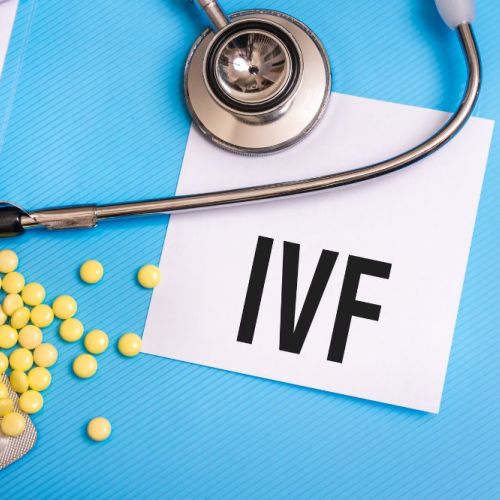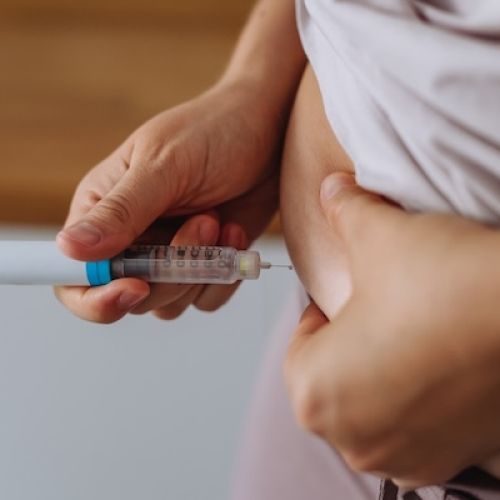How Accurate is Gender Selection?

A baby’s gender is established by the pair of sex chromosomes it receives — one from each parent. All eggs carry a single X chromosome, while sperm carries a gender-determining X or Y chromosome.
When an egg is fertilized by an X-carrying sperm, the resulting embryo (XX) is female; if the fertilizing sperm carries a Y chromosome, the resulting embryo (XY) is male. Because the ratio of X-carrying sperm to Y-carrying sperm is relatively equal, the odds of conceiving a girl or a boy are about the same for parents who conceive naturally.
Although there are countless myths and misconceptions about ways couples can increase their chances of having a boy or a girl, for most of human history, there’s been no way to medically influence or control a baby’s gender prior to conception.
Today, thanks to ongoing breakthroughs in assisted reproductive technology (ART) and a deeper understanding of genetics, preconception gender selection is not only possible, it’s also incredibly precise. Here’s what you need to know about what it is, why it’s done, and how accurate it can be.
Gender selection basics
Done in conjunction with in vitro fertilization (IVF), gender selection allows aspiring parents to choose the gender of their child prior to conception, or before a viable embryo is transferred to the uterus for implantation.
Gender selection was initially developed to help families with a history of a specific sex-linked genetic illness reduce their risk of having a child with the same disorder.
In most cases, sex-linked inherited diseases, such as hemophilia and Duchenne muscular dystrophy, are passed on through the X chromosome, meaning they almost always occur in boys, because males only require one copy of the recessive gene mutation (from their mother) to inherit the disorder.
Girls, on the other hand, must receive a copy of the sex-linked mutation from each parent in order to have the inherited disorder. Depending on how it’s done, gender selection allows such families to either greatly increase their odds of having a girl, or to actually choose a female embryo for implantation in the womb.
As gender selection techniques have evolved and improved, more couples undergoing IVF have opted to use it for nonmedical reasons, primarily for family balancing purposes. In families with more than one boy or girl, gender selection can increase the likelihood of having a child of the opposite sex.
Gender selection techniques
Although different fertility clinics use a variety of techniques to perform gender selection, here at California Center for Reproductive Health we only use the methods with the highest rate of accuracy, which are:
Preimplantation genetic diagnosis (PGD)
PGD, which is primarily used to screen embryos for genetic defects before they’re used in IVF, can also be used to detect X and Y chromosome material.
To perform gender selection via PGD, an embryologist uses a microscopic glass needle to carefully remove a single cell from each viable embryo created in the IVF process. This single-cell biopsy doesn’t damage the developing embryo.
Then, after analyzing both the genetic material and the sex chromosomes of each embryo under a powerful microscope, the most high-quality embryo(s) of the desired gender are transferred to the uterus for implantation.
Ericsson albumin filtration method
This advanced sperm sorting technique involves placing specially washed sperm cells on top of a layered solution of albumin, a type of protein that occurs naturally in semen. Albumin is made up of increasingly thick layers, with the thickest layer on the bottom.
When spun in a sterile centrifuge machine, the Y-carrying sperm, which may be lighter, faster, and less dense than X-carrying sperm, swim toward the thickest layer of albumin, while most of the X-carrying sperm remains in the thinner layers of albumin.
Sperm for the chosen gender is then selected from the corresponding layer of albumin to be used in artificial insemination or IVF.
Gender selection accuracy
Because it can definitively determine which sex chromosomes are in an embryo, PGD has an accuracy rate of over 99%, making it the most precise method for gender selection available today. This is especially important for aspiring parents who want to use gender selection to reduce their chances of having a baby with a sex-linked genetic disease.
While the Ericsson albumin sperm sorting method is easier and less expensive than PGD, the technique can’t create an absolute and total separation between X-carrying sperm and Y-carrying sperm, making it less accurate than PGD.
With a reported success rate of 80% when selecting for a male and about 70% when selecting for a female, the Ericsson method is best for parents who are most interested in tipping the scales in favor of a certain gender, rather than making a clear choice.
At California Center for Reproductive Health, we’ve helped countless couples from a diverse range of backgrounds use gender selection to have healthy babies and balanced families.
To find out how we can help you, call your nearest Los Angeles area clinic in Encino, West Hollywood, Santa Monica, or Valencia, California, or use the easy online tool to schedule a visit with one of our gender selection experts any time.




